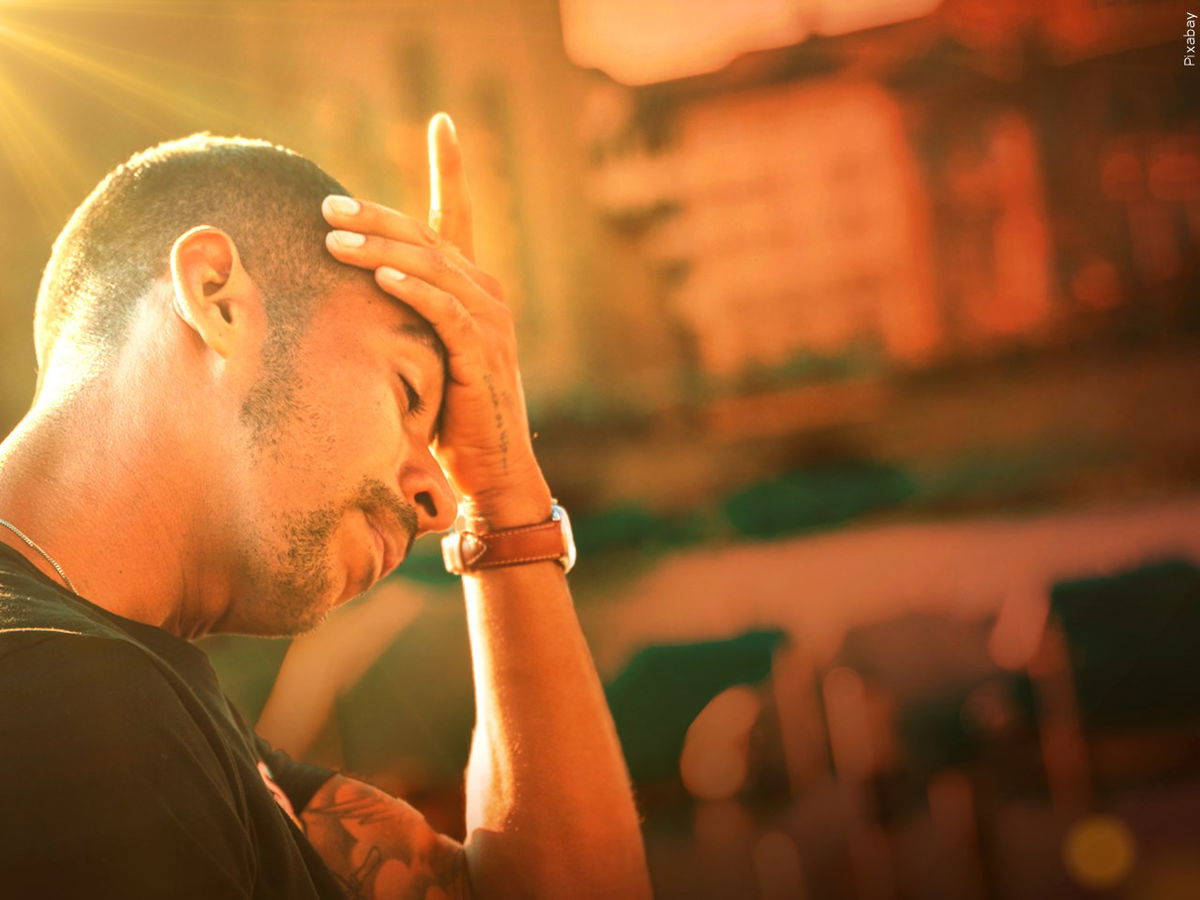California weathers heat wave without rolling blackouts

By ADAM BEAM
Associated Press
SACRAMENTO, Calif. (AP) — A brutal Western heat wave brought California to the verge of ordering rolling blackouts but the state’s electrical grid managed to handle record-breaking demand.
The state’s 39 million people were warned Tuesday that demand — some of it from people cranking up the air conditioning — might outstrip supply as temperatures in many areas soared past 100 degrees Fahrenheit (38 degrees Celsius). The California Independent System Operator (CAISO), which oversees the electrical grid, issued a Stage 3 emergency power alert — one step below ordering utilities to start rotating outages to ease the strain on the system. The move allowed it to draw on emergency power sources.
Demand swelled in the late afternoon and into the evening, with everyone from Gov. Gavin Newsom to the state’s legal marijuana business control agency urging people to turn off lights and reduce power or use backup generators.
CAISO said the peak electricity demand on Tuesday hit 52,061 megawatts, far above the previous high of 50,270 megawatts set on July 24, 2006.
While there were no rolling blackouts over large areas, two outages were reported in the San Francisco Bay Area cities of Palo Alto and Alameda, affecting several thousand customers for about an hour.
Demand fell as evening fell, businesses closed and dropped sharply after CAISO sent out a message on its mobile phone app begging customers to cut back their use, warning that “power interruptions may occur unless you take action.”
The Stage 3 alert ended at 8 p.m. without major rotating outages. CAISO tweeted that “consumer conservation played a big part in protecting electric grid reliability.”
Even without intentional blackouts, however, tens of thousands of people found themselves without power in Northern California.
Some 35,700 people lost electricity in Silicon Valley and southern and inland areas of the San Francisco Bay Area and most of the outages were heat-related, said Jason King of Pacific Gas & Electric said Tuesday evening. There was no word on when power would resume.
Western states, meanwhile, were still struggling through one of the hottest and longest September heat waves on record. Temperatures began soaring last week and the National Weather Service warned that dangerous heat could continue through Friday, despite some slight moderation.
California’s state capital of Sacramento hit an all-time high Tuesday of 116 degrees (46.7 C), breaking a 97-year-old record.
Sacramento native Debbie Chang was out walking in Capitol Park on Tuesday morning, pulling a wagon of Pop-Tarts and water to hand out to homeless people. She lives in an old house that relies on wall-mounted units that she says don’t work so well. The temperature reached 91 degrees (33 C) in her house Monday night.
“The past few years in California, it’s really rough,” she said. “I really love this state. And growing up I never imagined I’d exactly want to live outside of California, unless maybe internationally. But this is very difficult.”
Sacramento County officials used the air-conditioned lobbies of some of their public buildings as cooling centers for people with nowhere else to go and offering free transportation for people who could not get there. Officials even handed out motel vouchers to some homeless people through a program they normally reserve for the winter, according to county spokeswoman Janna Haynes.
“While a lot of people can stay home, a lot of people do not have a home to stay in,” Haynes said.
In state office buildings, thermostats were being set at 85 degrees (29 C) at 5 p.m. to conserve electricity.
Six places in the San Francisco Bay Area and central coast set all-time record maximum temperatures, including Santa Rosa with 115 degrees F (46 C).
In neighboring Nevada, Reno’s 106 F (41 C) on Tuesday was its hottest day ever recorded in September and smashed the previous record for the date, 96 F (35.5 C) in 1944. It came within 2 degrees of the all-time high for any day or month of 108 F (42 C), set in July 2002 and equaled in July 2007, according to the National Weather Service.
In Utah’s Salt Lake City — a city at more than 4,000 feet (1,219 meters) elevation — temperatures were about 20 degrees higher than normal, hitting 105 F (40.5 C) on Tuesday, the hottest September day recorded going back to 1874.
Scientists say climate change has made the West warmer and drier over the last three decades and will continue to make weather more extreme and wildfires more frequent and destructive. In the last five years, California has experienced the largest and most destructive fires in state history.
A wildfire that started Friday in the Northern California community of Weed killed two people and one that erupted Monday and spread rapidly in the Hemet area of Southern California also killed two people. Authorities said they were found in the same area and apparently died while trying to flee the flames.
___
Associated Press reporters Sophie Austin and Kathleen Ronayne in Sacramento, California; Brady McCombs in Salt Lake City, John Anctzak in Los Angeles and Scott Sonner in Reno, Nevada, contributed.